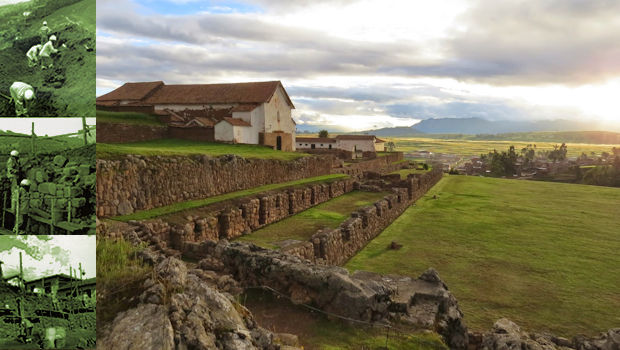
Restoration of the Inca terraces at Chinchero nearly complete
[Originally published January 24, 2018] A major restoration of Inca terraces will soon be completed at the archaeological complex of Chinchero, revealing irrigation ducts, agricultural storehouses and retaining walls buried and forgotten over centuries.
The excavation and restoration project, spanning more than 200 linear meters of Inca walls, began in 2013, focusing on Terraces N° 1, 2, 3 and 10 of the Qentepata Sector.
Lead archeologist Félix Vilca said the project is scheduled to conclude sometime in August, when visitors will be able to explore the fully restored agricultural terraces carved by the Inca into the hillside about 500 years ago.
The work reveals anew about 50 percent of the upper platforms’ retaining walls. They had been buried over the course of centuries under tons of earth and debris discarded during construction of the town of Chinchero above, where private homes and the Chinchero Site Museum currently stand.
The rediscovered enclosures — some small, others quite large — date back to Inca, colonial and early Republic periods.
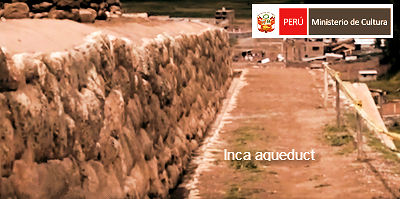
The Inca perfected their system of agricultural terrace farming, or “andenes”, building their raised fields with irrigation canals and other hydraulic infrastructure.
During the archaeological excavation of terrace platform N° 1, the researchers restored this Inca stone water channel, 20 centimeters deep and 25 centimeters wide.
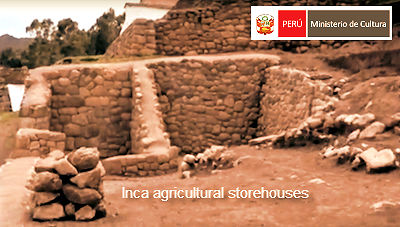
At the Eastern end of terrace platform N° 2, the researchers discovered this enclosure, consisting of two square rooms, which they believe served as storehouses for the tubers and grains cultivated and harvested by the Inca.
Extending northward from these ruins is an Inca retaining wall, and at the other end are the remnants of two more enclosures of similar size and configuration.
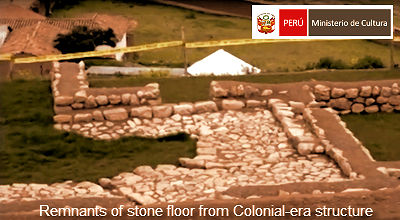
Lower down on terrace platform N° 3, the researchers noted that the retaining walls were characteristic not of the Inca, but rather were built and maintained during later periods dating back to Spanish Colonial times and Peru’s early Republic-era of the 19th century.
It was at this level that the archaeologists excavated the ruins of this laid stone that formed the floor of a colonial era building.
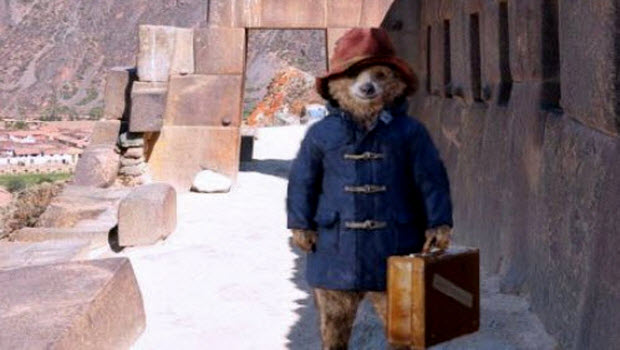 Paddington Bear’s Peru Tour includes COP20 appearance
Paddington Bear’s Peru Tour includes COP20 appearance 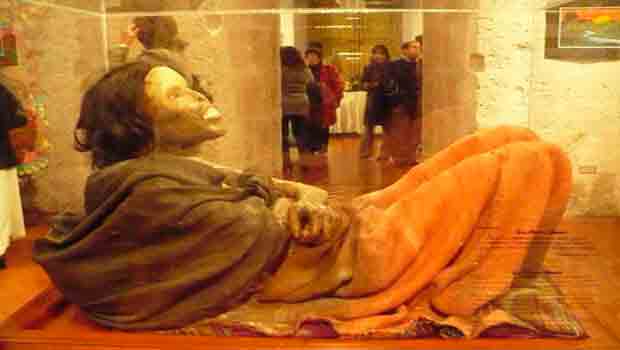 Arequipa tour attraction Juanita mummy placed in deep freeze
Arequipa tour attraction Juanita mummy placed in deep freeze 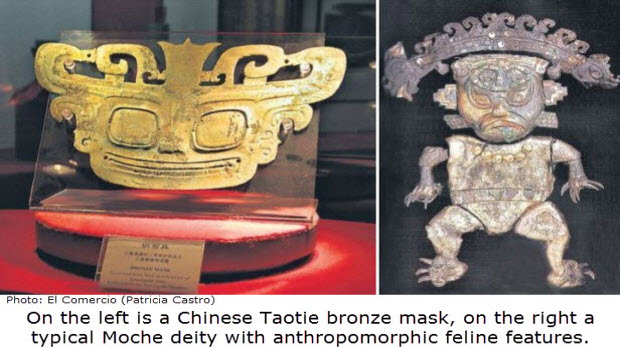 Ancient Link Between Chinese And Peruvian Civilizations?
Ancient Link Between Chinese And Peruvian Civilizations? 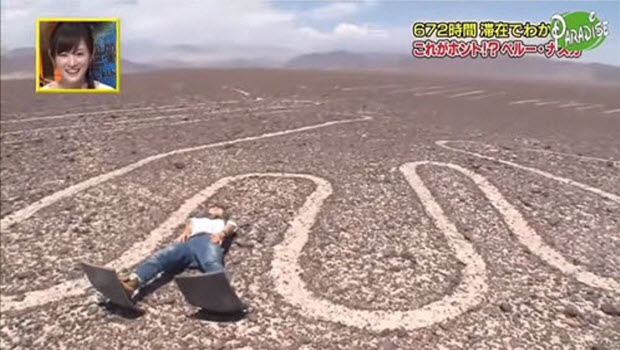 Nazca Lines archaeologist faces charges for TV tour
Nazca Lines archaeologist faces charges for TV tour 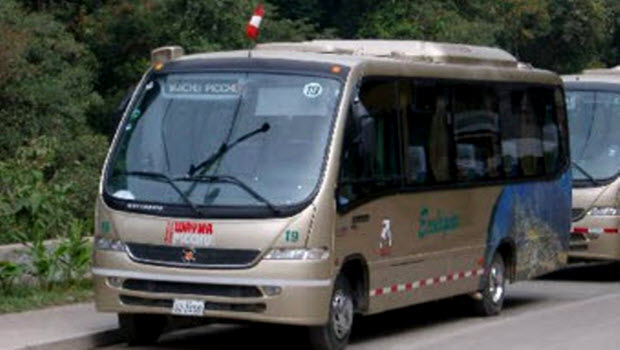 Bus ride up to Machu Picchu hiked, AGAIN!
Bus ride up to Machu Picchu hiked, AGAIN! 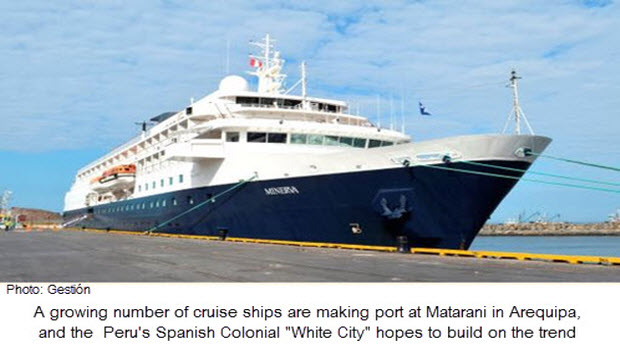 Make Arequipa a port of call on a luxury cruise vacation
Make Arequipa a port of call on a luxury cruise vacation 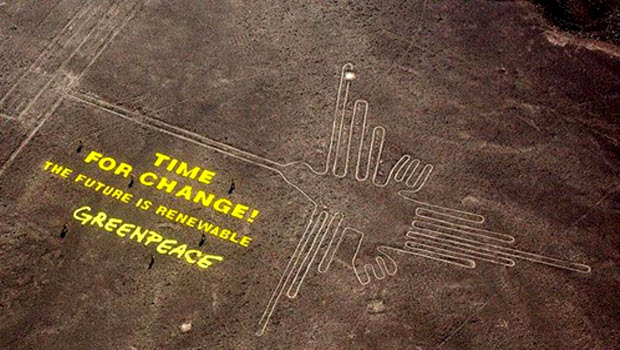 Greenpeace activists in hot water over Nasca Lines act
Greenpeace activists in hot water over Nasca Lines act 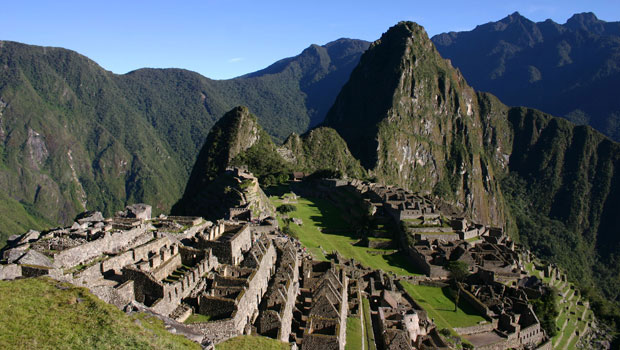 Promotional rate for afternoon entry into Machu Picchu
Promotional rate for afternoon entry into Machu Picchu